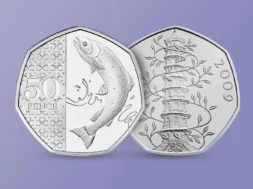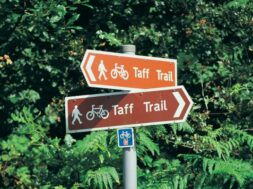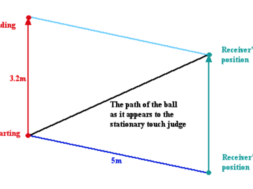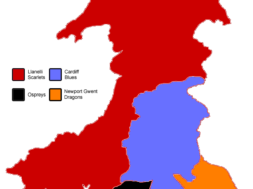
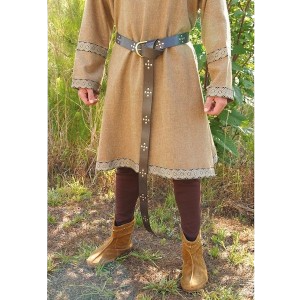 Canvas belts and Leather belts have existed throughout history, as humans emerged from the caves it quickly became clear that there was a need for something to hold down garments or to carry weapons.
Canvas belts and Leather belts have existed throughout history, as humans emerged from the caves it quickly became clear that there was a need for something to hold down garments or to carry weapons.
Not only that they quickly became a visual tool that also symbolised wealth, power and position in the group, belts have been refined over the ages and throughout history been adapted but their basic design has not changed a great deal.
The remains of the belts themselves often decay and it is often only the belt buckle that remains, whether it be fashioned in gold and silver or bronze. Unfortunately Iiron belt buckles tend to leave simply a brown stain as the metal has rusted away.
Basic Belts – Natural materials
The materials belts would have been of would be natural materials, usually the skins of animals that had been hunted for food. Quickly leather became the material of choice with cowhide probably the most popular. Leather is a perfect material for belts as it is tough will accept colour as a stain and is flexible. It is also soft enough to make a hole in and the pin of the belt buckle can rest in this hole completing the fastening.
Other natural materials would have been cotton or hessian often fashioned into a rope which would have been one of the simplest types of belt, to secure round a robe to stop it flapping about.
Basic Belts – Synthetic
With the advent of plastic materials belt production bloomed. They can made out of nylon, polypropylene and polyester and are easily made and inexpensive to manufacture. Plastics can except a variety of colourants and can be moulded to give a texture if required.
Basic Belts – Types of leather for making belts
The type of leather that goes into the construction of a belt affects not only the durability and suppleness of the belt but also its flexibility and it’s price.
The most cost-effective methods would involve bonded leather belts which consists of granules of leather that are mixed together with a bonding agent one side of the belt can be finished to give a glass or semigloss finish.
The next step up in quality would be a split leather belts, where the leather has been split down the middle but still retains the natural fibres of the the hide with the material being obviously stronger and more hard wearing.
The best quality of all are the full grain leather belts, these are the hide in its natural form and thickness, they are more e expensive because they are cut as one length and there is a limit to the number of belts of the correct length you can extract from one skin. The quality of these belts means that they are very long lasting and the embossed styles leave a lasting mental impression
Basic Belts – Canvas Belts
Canvas belts are coming increasingly popular based due the fact they are easy to use, comfortable and less expensive then leather belts.
Canvas belts are particularly popular as a military belt, where they are used for attaching pouches, water containers ammunition and weapons, such as knives and pistols. These canvas belts are often called utility belts.
A strong belt, canvas belts can also be used as a means of securing a rope with the belt functioning and doubling as a harness. The buckles for such canvas belts will vary and military belts commonly use a buckle called the ‘Cobra buckle’ , there are several variants, these are strong enough for securing a rope to so they can be used in it’s harness function. Thes canvas belts are often called ‘riggers belts’.
If function is not as important then canvas belts might adopt a box buckle, which is a typical style. It is neat and easy to adjust though not as strong as a military belt buckle. Pin and roller buckles pin have been popular throughout the ages with the pin passing through a hole in the canvas belts, this is often reinforced with metal grommets.
The third style of buckle will be a clamp style. These look great on canvas belts and are really simple and easy to adjust, the buckle itself is durable and lends itself to accept images and logos such as flags, emblems, animals and brands.
